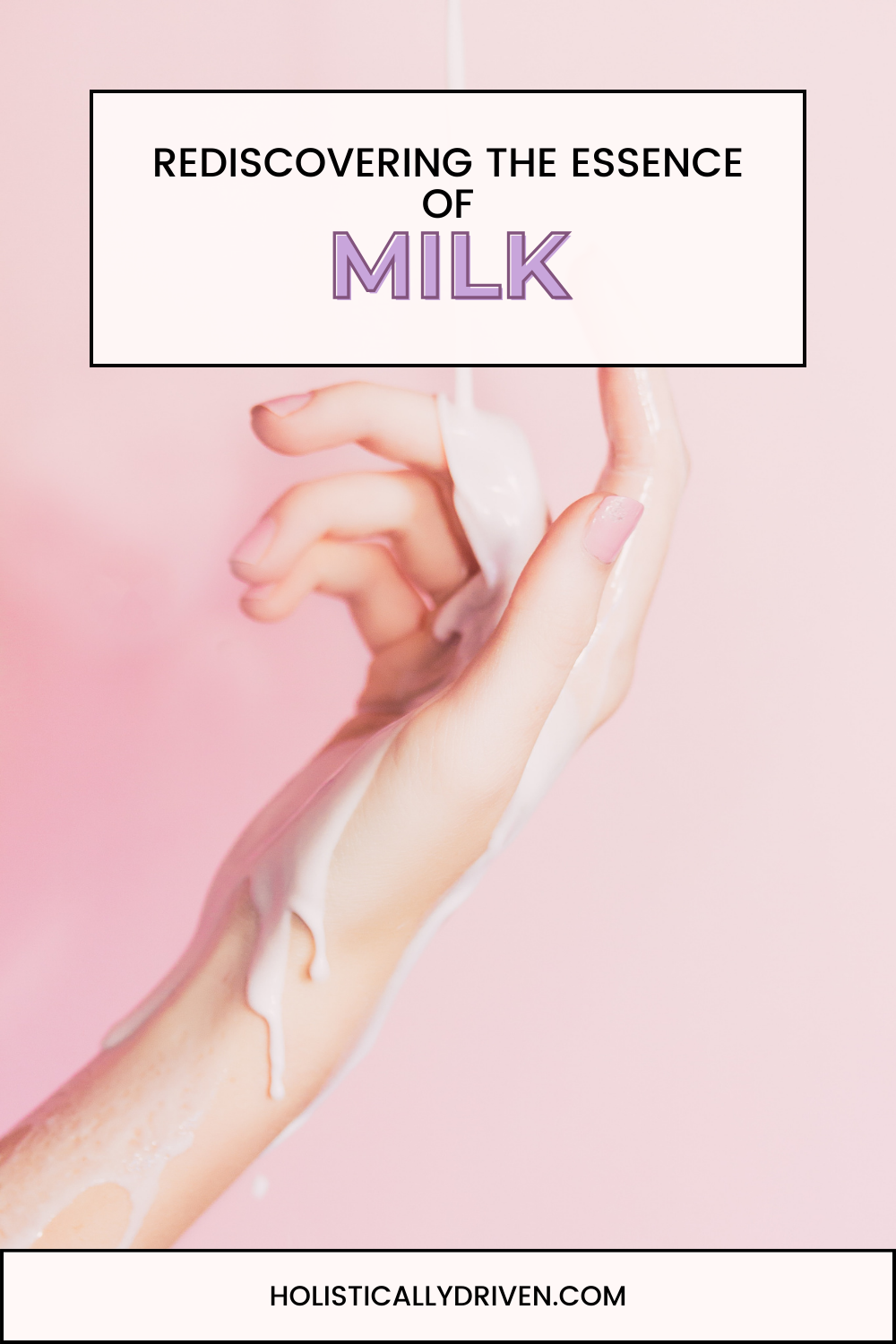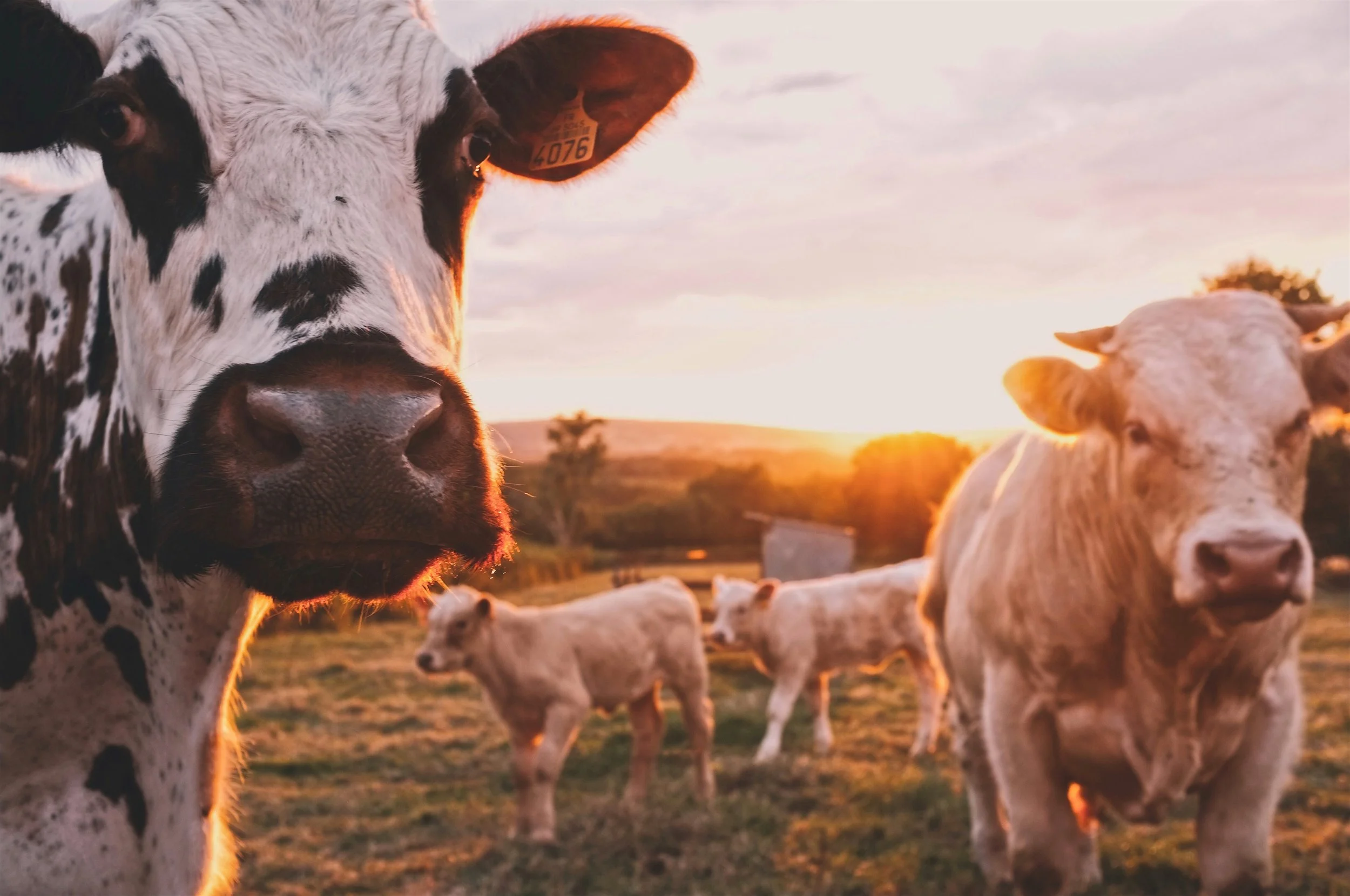Rediscovering the Essence of Milk
During my grade school years, I remember learning about the Industrial Revolution. The mass migration from rural areas to cities marked a significant shift in America, notably with challenges in sanitation due to dense living conditions. At the time it was believed that unpasteurized milk was contributing to illness amongst the population. The introduction of pasteurization of dairy products addressed this concern. Despite this historical lesson, my personal dietary choices in high school and a subsequent unique experience in a traditional German dairy farm provided contrasting perspectives.
Dietary Shifts: From Vegetarian High Schooler to German Dairy Farm Resident
In high school, my predominantly vegetarian diet steered clear of dairy. However, my junior year brought an unexpected shift when I became an exchange student in Germany, residing on a traditional dairy farm. The transition from rural Hawaii to rural Germany not only altered my surroundings but also transformed my diet. Raw milk, a staple on the German farm, was a departure from the pasteurized versions I was familiar with. As I navigated this new culinary landscape, I discovered the richness of farm-fresh, raw milk and the unique perspective it offered on dietary choices. Oma, my grandmother and a lifelong dairy farmer, held deep beliefs in the healing properties of raw milk. Whenever I would get sick, she would make me warm milk with honey. Both the milk, and the honey were raw. I always thought this strange, as when I was sick at home dairy was always avoided for fear of further congestion, but Oma swore by it.
Friendship, Perspective, and the American Milk Experience
College brought another revelation when a German friend, having experienced an exchange in Wyoming, visited me in Hawaii. She shared her perception of American milk, highlighting the taste difference and an unexpected weight gain she experienced. She mentioned that in Germany she drank a glass of farm fresh milk everyday, but in America the milk she bought at the store had a different flavor and had caused her to gain weight. This revelation prompted me to delve into the distinctions between raw and pasteurized milk, revealing the impact of farming practices on the quality of the end product.
Photo by Stijn te Strake on Unsplash
Factory Farming Realities and the Raw Milk Myth
Factory farming, with its grim realities, often supports the pasteurization argument. However, not all dairy farming follows this path. While large-scale industrialized farms promote pasteurization as a necessity, smaller farms with healthier animals offer a contrasting, humane perspective. It's essential to differentiate between the two and make informed choices that support ethical farming practices. For more information on this, I would suggest you visit the website: A Campaign for Real Milk.
Microbiome Harmony: The Living Essence of Raw Milk
Contrary to pasteurized milk, raw milk boasts a vibrant array of probiotics and nutrients. Recognizing the significance of our microbiome in regulating various bodily functions, from immune responses to hormonal balance, underscores the value of raw milk consumption. The inherent destruction of nutrients through pasteurization raises questions about the nutritional content of the pasteurized milk we consume.
Past vs. Present: Nourishment, Ethics, and Personal Choices
Understanding the nutrient loss in pasteurized milk underscores the vitality of choosing raw alternatives. Beyond health considerations, ethical concerns play a pivotal role in shaping dietary decisions. Embracing raw milk from local, small farms not only guarantees a nutrient-rich experience but also aligns with ethical and sustainable practices. After learning about the health benefits of raw milk and the destruction of nutrients, enzymes, and probiotics from pasteurization, I now realize why Oma thought milk was such a healthy substance.
Photo by Oliver Augustijn on Unsplash
Empowering Informed Choices and Ethical Consumption
In the pursuit of health-conscious and ethically sourced dairy consumption, the journey from pasteurized to raw milk has been enlightening. Advocating for informed choices and supporting local farms that prioritize animal welfare and sustainable practices encourages a shift towards a more conscious and responsible approach to dairy consumption.
Resources:




